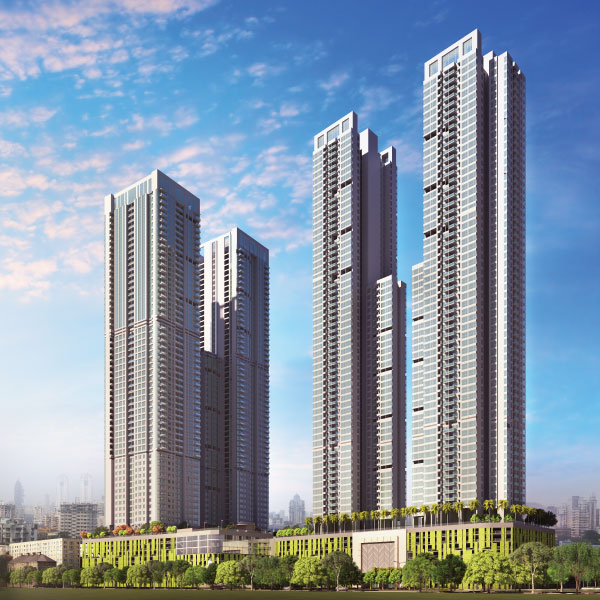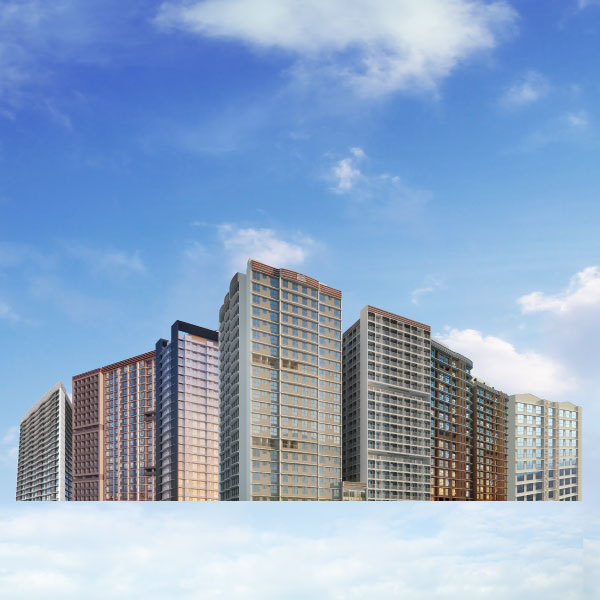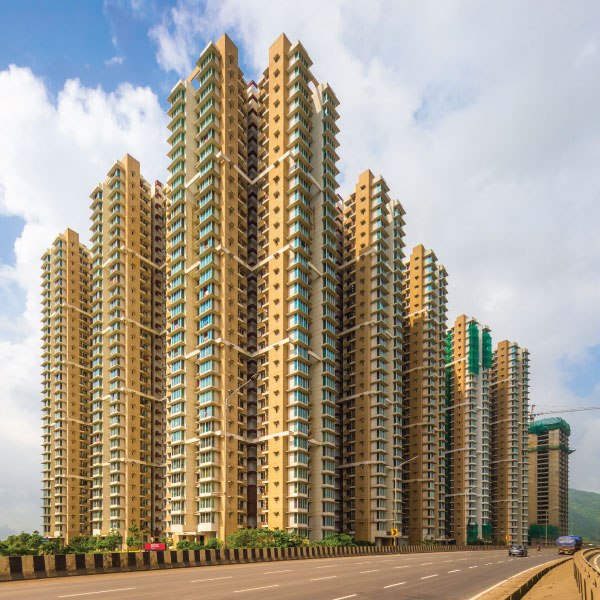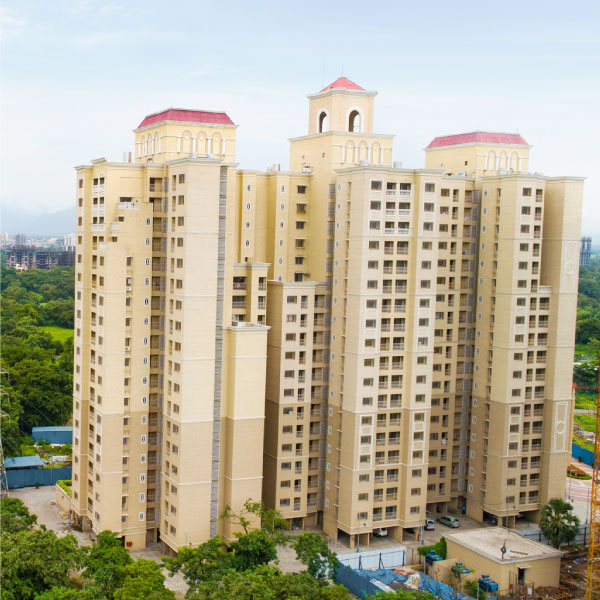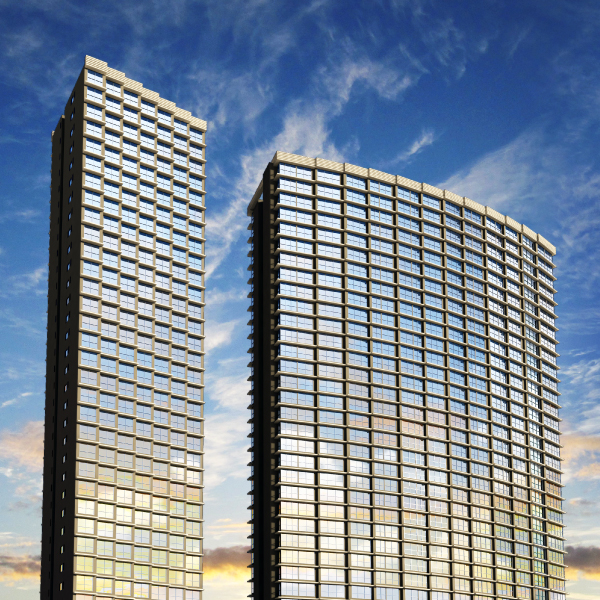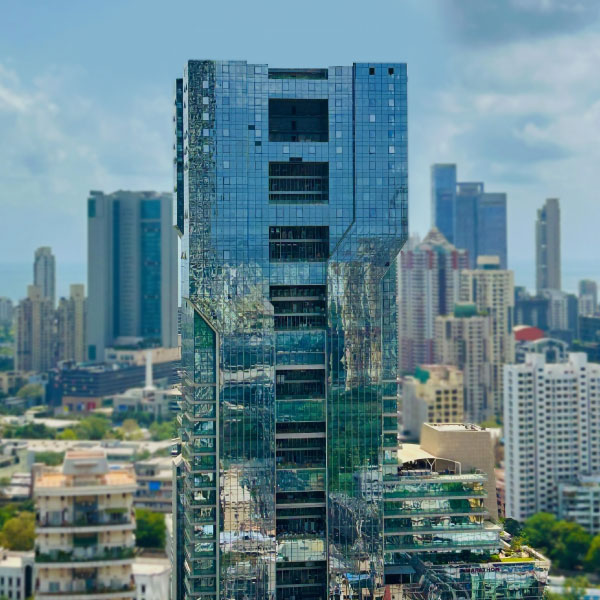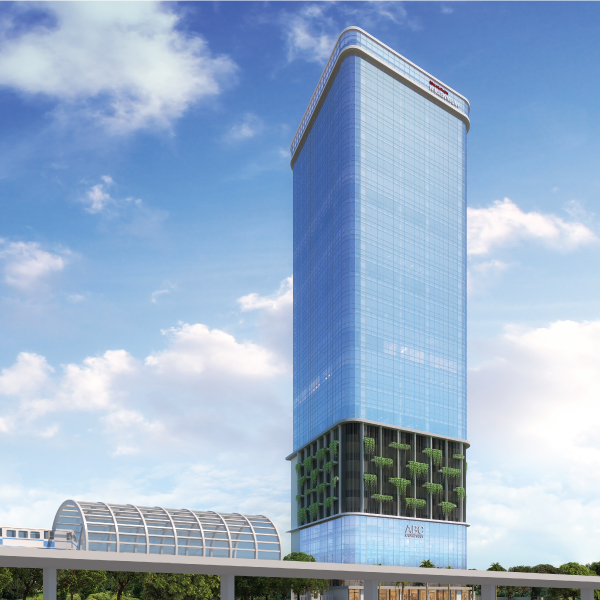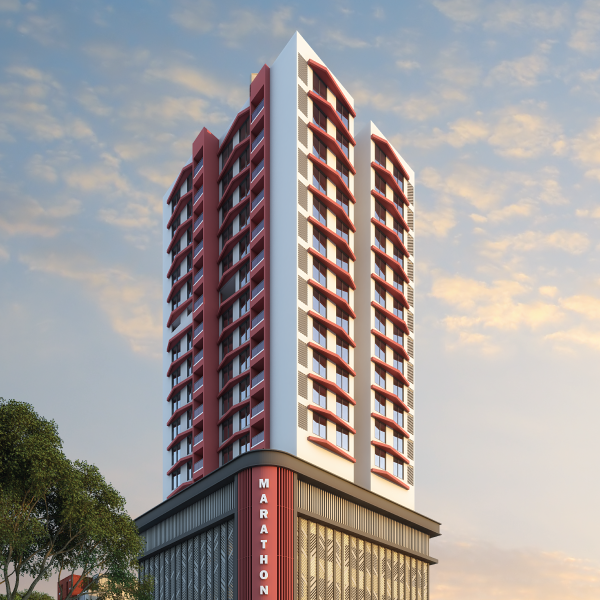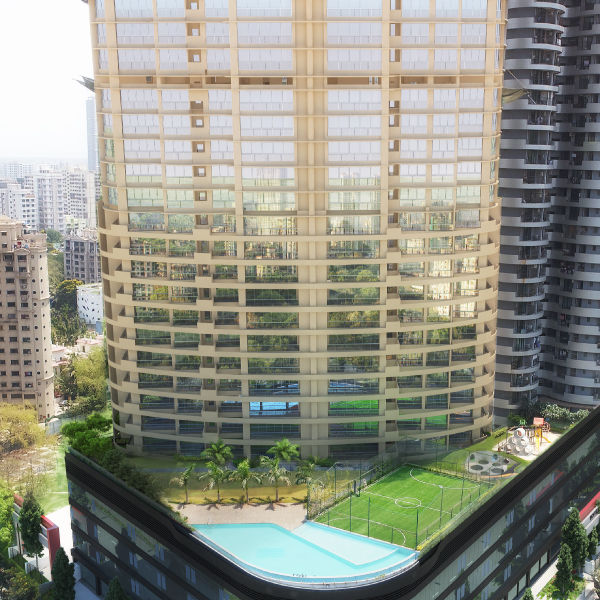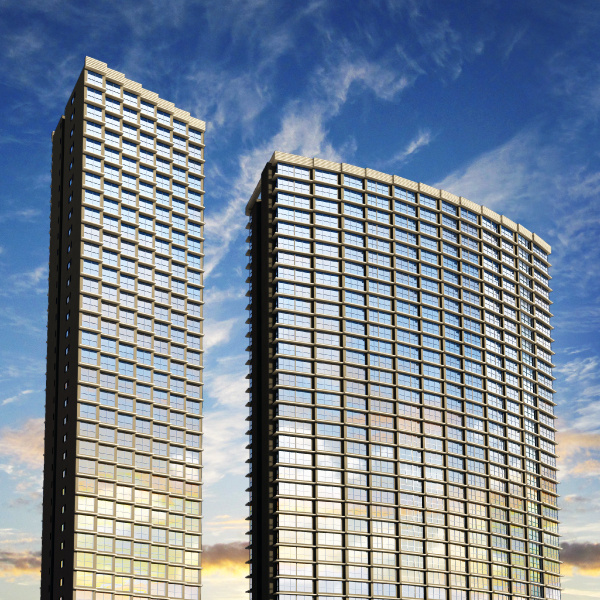The future of offices in Mumbai
Last Updated on, December 9th, 2022
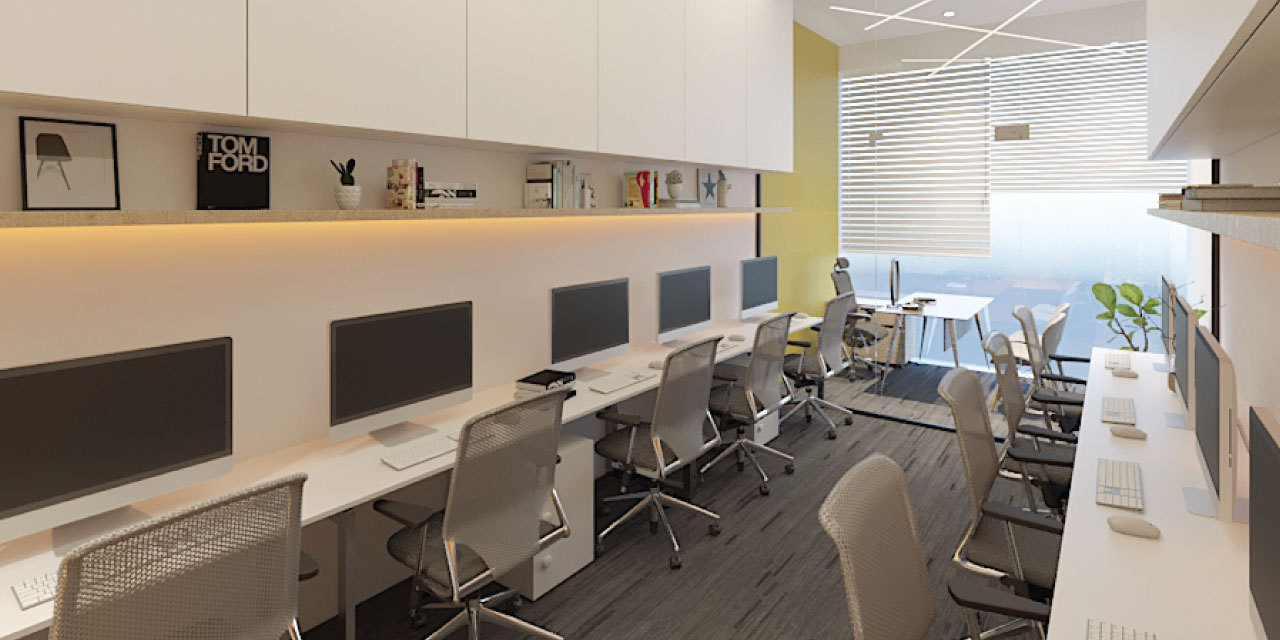
What the post-COVID workplace might look like
Picture a typical workplace in Mumbai pre-COVID – you can hear the clickety-clack of keyboards and people on phone calls, people are seated in open office layouts with rows of workstations, with employees sitting in close proximity, meeting rooms are typically full, lunch tables are crowded and employees from far corners of the city commute long hours to work everyday. Well, all of this is going to change drastically in a post COVID world.
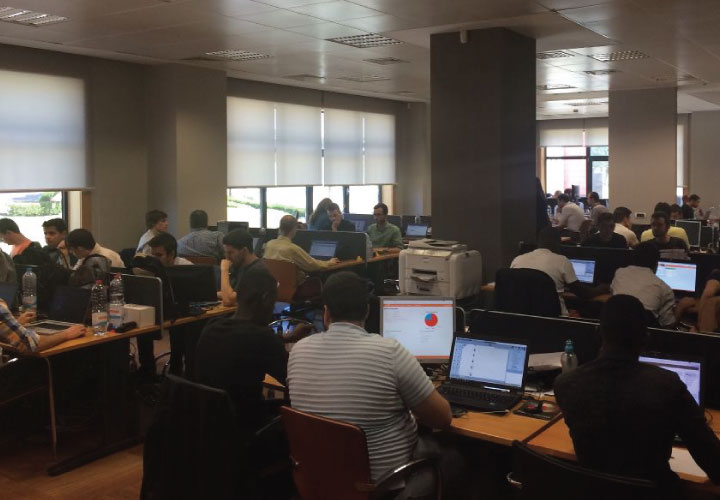
You’re unlikely to see offices like this again!
To safely return to workspaces a multitude of design and behavioural changes will be needed.
CHANGE AT A MACRO LEVEL
At a macro level in Mumbai several drastic changes can be expected.
Satellite offices might emerge
With social distancing measures in place, companies will need more space to house all employees. Central Business Districts have higher rental costs so many companies could start looking at satellite offices in primarily residential areas. This doesn’t mean that Central Business Districts will not play a role – the fact that Head Offices are already located here will mean that the leadership teams of organisations are likely to continue operating from these locations, hence they will retain their importance. For instance, our project Marathon Futurex houses the head offices of various firms like L’Oreal, Zee and others.
This will likely result in the emergence of smaller satellite offices in the city. Large multi-nationals are likely to take up multiple office spaces spread through the city rather than aggregating all employees at a single location. Demand for smaller spaces at traditionally residential locations will increase. As an example, the suburb of Mulund, which has traditionally been a residential hotspot can expect to see an increase in demand for offices.
Check out our upcoming premium small offices tower in Mulund – Marathon Millennium.
Demand for smaller spaces likely to shoot up
Demand for smaller spaces is likely to shoot up – this will be due to two reasons. First, the need for maintaining social distancing will result in demand for more space.
With an increase in demand for satellite offices, demand for smaller spaces will also shoot up. Companies which earlier allocated 70sqft per employee will now have to provision for as much as 125 sqft per employee to maintain adequate social distancing. This means they will need more space.
Secondly, the emergence of satellite offices will mean larger companies may need to take up multiple smaller offices spread across the city.
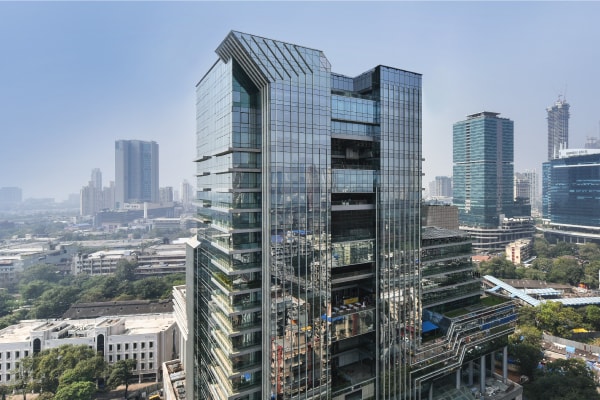
Marathon Futurex at Lower Parel.
Marathon has small and medium sized offices at Mulund and Lower Parel. Marathon Millennium in Mulund has small offices starting 350sqft – perfect for satellite offices.
What will happen to co-working spaces?
Co-working spaces have grown exponentially over the last couple of years but this trend may undergo a reversal. Moreover co-working companies will be severely stressed due to reduced rental cash flows and many smaller players may not survive. This may result in a move back to more traditional leasing or owning models.
CHANGE IN OFFICE DESIGN
The ministry of home affairs had last week issued new rules of work from an office, making social distancing compulsory in offices.
To maintain social distancing, office designs will fundamentally need to change. Cushman and Wakefield have set up an interesting project to quickly prototype and iterate on the office of the future called the ‘Six feet office’. The company has already helped one million employees of 10,000 companies return to work in China.
Could it be the end of open offices?
Open offices have always been a contentious topic, with employers preferring them for their physical efficiency but critics questioning whether they result in a decline in productivity. While we may not see a return to the traditional cubicle and cabins model, the open office as we know it could be over. Greater desk distances will need to be maintained and physical barriers may need to be put up.
Flexible layouts will win
Organisations will have to start thinking about how they can re-design their existing office space and a lot of companies are going to run into challenges if their space is not designed for flexibility.
For instance, at Marathon Futurex, office spaces are completely flexible – this is achieved by having huge column spans of about 52 feet which allows the space to be redesigned without constraints of walls or columns. Companies that are stuck in spaces that are not flexible will look to move.
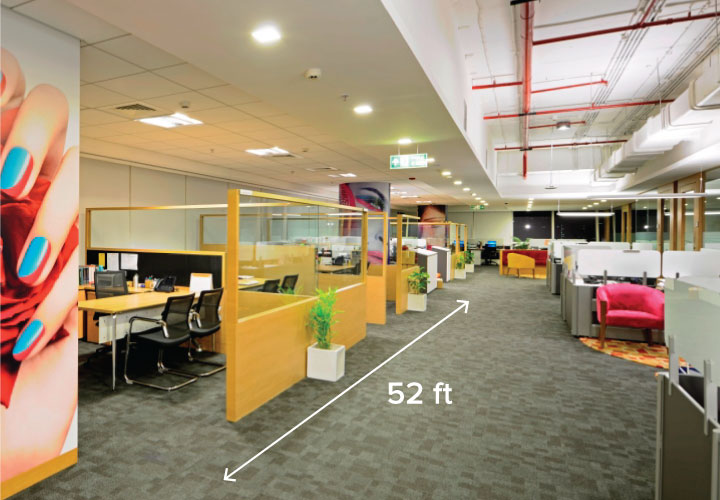
An office at Marathon Futurex – the large column spans allow for flexibility in design.
Premium on amenities
Companies will be willing to pay a premium for spaces that offer amenities like visitor screening and management, good ventilation systems, open recreational spaces and more. For instance, Marathon Futurex has tight security and screening protocols in place and has huge open spaces like sky gardens for employees to relax. Futurex even has a creche for working parents to utilise.
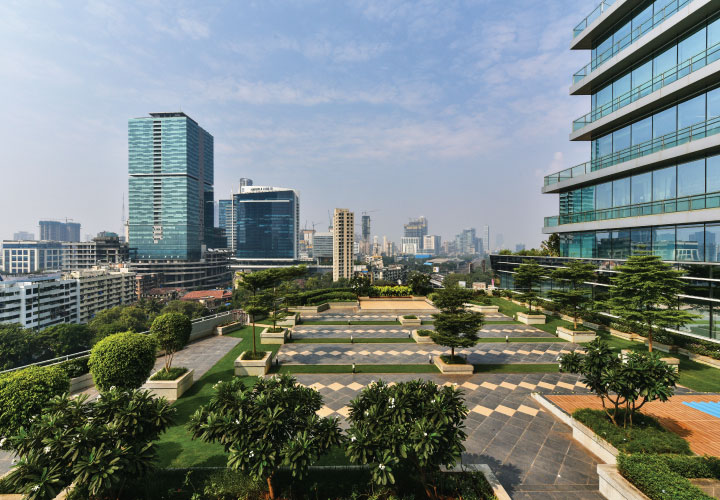
A sky garden at Marathon Futurex
CHANGE IN BEHAVIOUR
Last but not the least, the pandemic will result in a lot of behavioural changes for employees.
A lot of employees will continue to work from home and many will work in shifts
One of the key learnings from the lockdown period is that a lot of employees are able to work productively and effectively from home. Employees that are capable of working from home will continue to do so as the economy re-opens. However, work from home isn’t the panacea that it’s made out to be – face to face collaboration, social interactions, a sense of community are all important aspects of productive work that cannot be sacrificed altogether.
To maintain social distancing, companies will also start operating in shifts. This will result in increased overheads like electricity costs so companies will value office spaces that provide energy savings. For instance, the VRV air conditioning system and the double glazed windows at Marathon Futurex provide 30-50% energy savings.
Screening, sanitisation and visitor management
Screening of employees and visitors will become a standard practice. Some companies may also have external meeting rooms outside their workspace. At Marathon, even prior to the lockdown, we have started screening all employees and visitors at all our premises. Fingerprint systems will be replaced with other access control methods that do not require physical contact. Lifts may be operated by a designated security person to avoid repetitive contact by multiple people.
All high contact surfaces will need to be sanitised multiple times a day – something we have already put in place at Marathon.

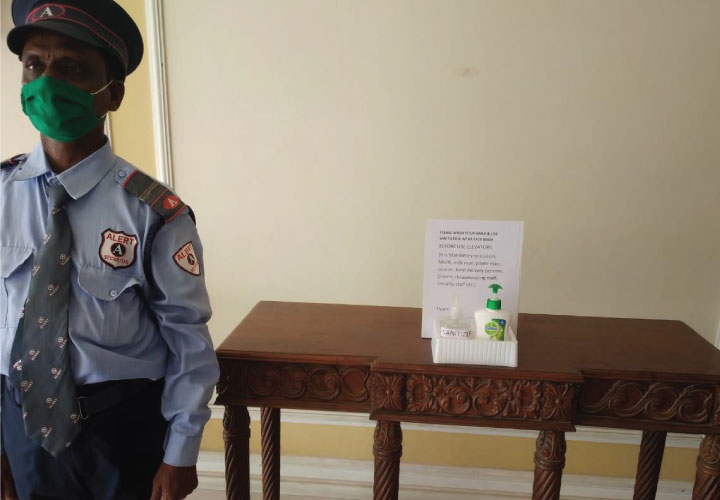
Meetings and social gatherings
Lunch timings will need to be staggered to avoid over-crowding. The number of meetings will drastically reduce in most organisations along with the number of participants in meetings. More interactions will happen on email, call and video calls than ever before.
Other behavioural ‘nudges’
The six feet office prototype of Cushman and Wakefield also utiliizes some other behavioural change mechanisms – for instance, circles are demarcated on the floor wherever queues need to form like washrooms or lunch counters.
Using arrows on the floor, people are also encouraged to walk clockwise, and only clockwise, in lanes around the office. This one-way traffic is the same approach that healthcare workers take in hospitals to help avoid the spread of pathogens.
“We’re using design to nudge behavior. And part of this is, how we shift very ingrained behaviors and expectations of how we work.”
– Despina Katsikakis, head of Occupier Business Performance at Cushman & Wakefield.


